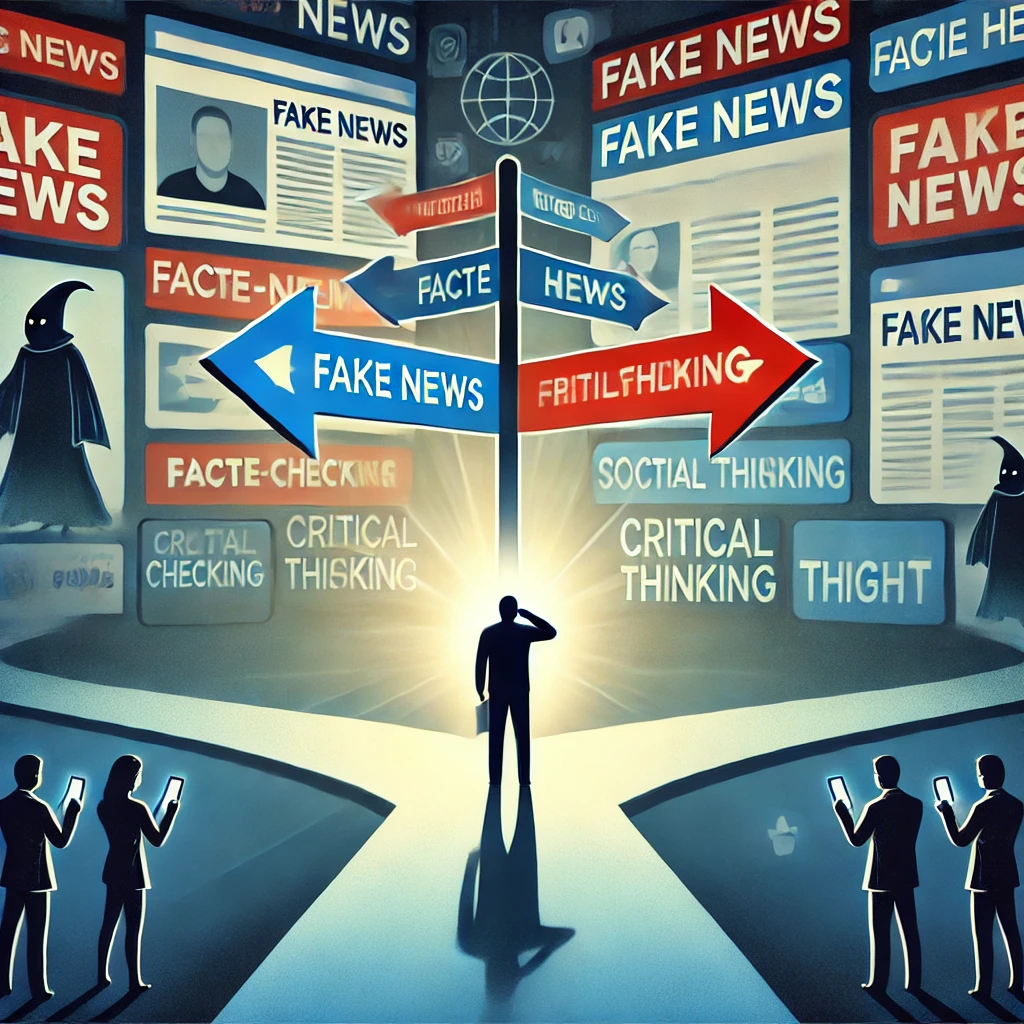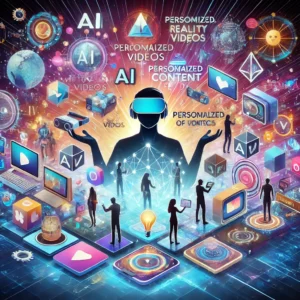Introduction: The Rise of Misinformation in the Digital Era
In an age dominated by digital connectivity, misinformation is an insidious force that has infected every corner of society. Online communication has facilitated the spread of falsehoods with such speed and reach that often truth is no longer heard. Whether it’s fake news, doctored visuals, or conspiracy theories, misinformation disrupts the flow of accurate information and sows confusion. As the media landscape continues to evolve, combating this phenomenon requires vigilance and proactive engagement.
Anatomy of Misinformation: Understanding Its Forms and Tactics
It presents in a myriad of forms, ranging from blatant fabrications to distorted headlines that sensationalize facts. Misinformation preys on the public’s interest through sensationalism, emotional appeals, and the propensity for people to accept information based on what confirms their biases. It includes false news articles, deepfakes, and distorted statistics as examples. To tear down this kind of influence, first comes education: understanding what’s going on with clickbait, and which unverified claims have a purpose beyond simply misrepresenting a truth.
The Role of Social Media in Amplifying False Narratives
Social media is an accelerator of misinformation. Algorithms favor engagement, and hence sensational or divisive content gets promoted over factual information. False narratives can spread in hours with the help of shares and likes. Moreover, the anonymity of the internet emboldens bad actors to spread propaganda without accountability. While social media fosters connectivity, its unchecked nature poses a significant challenge in curbing the spread of misinformation.
The Impact of Misinformation on Society
Misinformation has far-reaching and broad multifaceted repercussions. It erodes people’s trust in the institutions, wounds public trust in credible journalism, and polarizes the communities involved. Sometimes, the aftermath of misinformation can occur with real-world consequences, such as public health crises orchestrated by anti-vaccine propaganda or even unrest politically incited by fabricated news. These outcomes therefore underscore the urgent need for collective action to mitigate its impact.
Tools and Strategies for Identifying Misinformation
Currently, de-misleading each other forms the first step towards countering misinformation. Fact-checking tools, reverse image searches, and credible news aggregators form a good source of information verification. Developing media literacy skills such as source scrutiny and cross-referencing claims can be effective in differentiating between fact and fiction. Hence, critical thinking and skepticism used in media consumption reduce the impact of misinformation pretty much.
Media Platforms and Consumers’ Responsibility
Shared responsibility lies in fighting misinformation. The media platforms should introduce stricter content moderation policies and invest in AI-driven solutions for the detection of falsehoods. Algorithm transparency and accountability for harmful content dissemination are important steps forward. On the other side, consumers take an important role in exercising caution, avoiding impulsive sharing, and supporting trustworthy news outlets. Thus, platforms and users can co-create a healthier media ecosystem together.
Building a Resilient Society Against Misinformation
Addressing misinformation requires a multi-pronged approach that combines technology, education, and policy. Governments and organizations should join forces to work out regulations that promote transparency and penalize the spread of false information. Media literacy should also be integrated into educational curricula, gearing future generations toward navigating the complications of the digital world. Ultimately, creating a resilient society means cultivating a culture that prides itself on truth, critical thinking, and responsible communication.
The media age is full of challenges, but it also provides an opportunity to empower individuals and communities against misinformation. Understanding its mechanisms and adopting proactive measures can ensure that society regains the integrity of information and a future in which truth triumphs.



